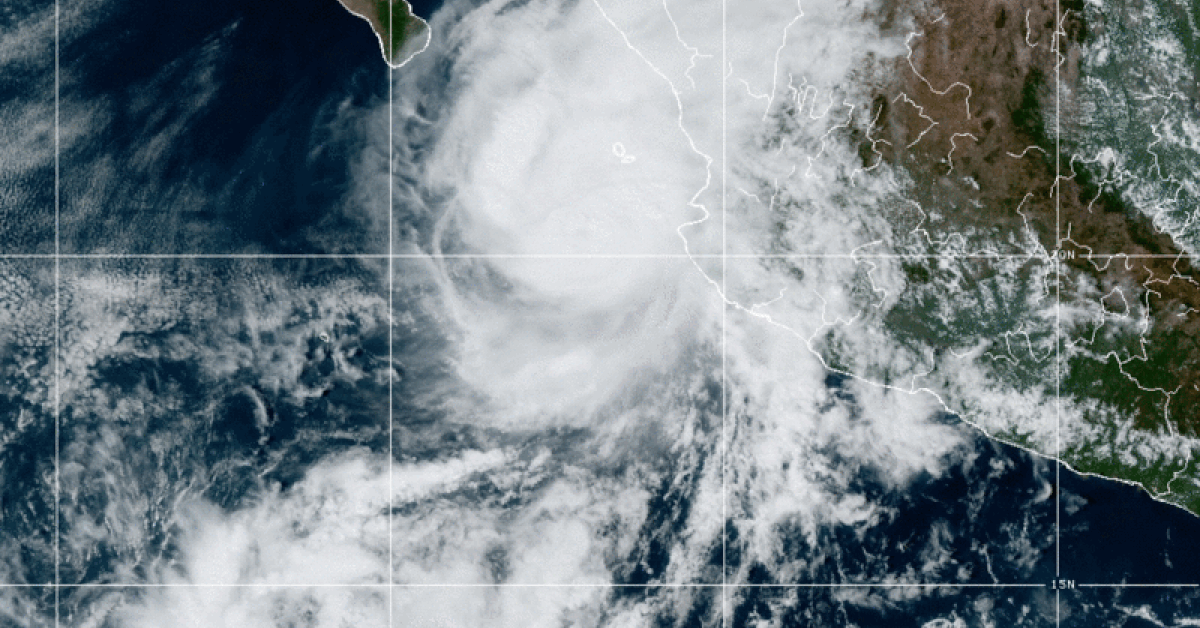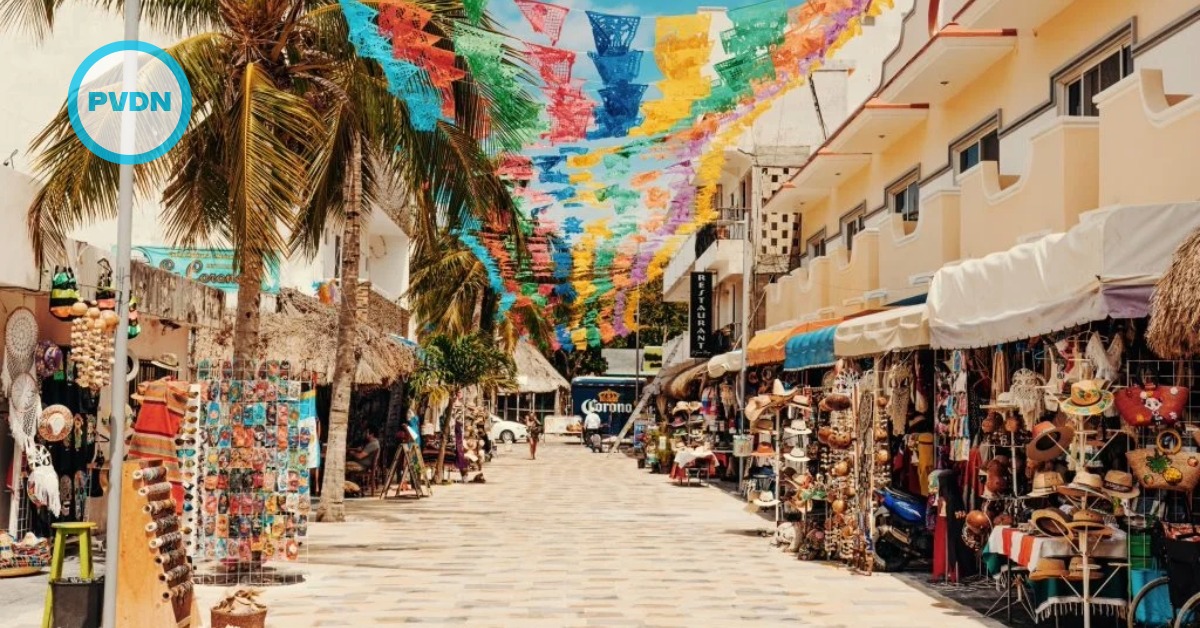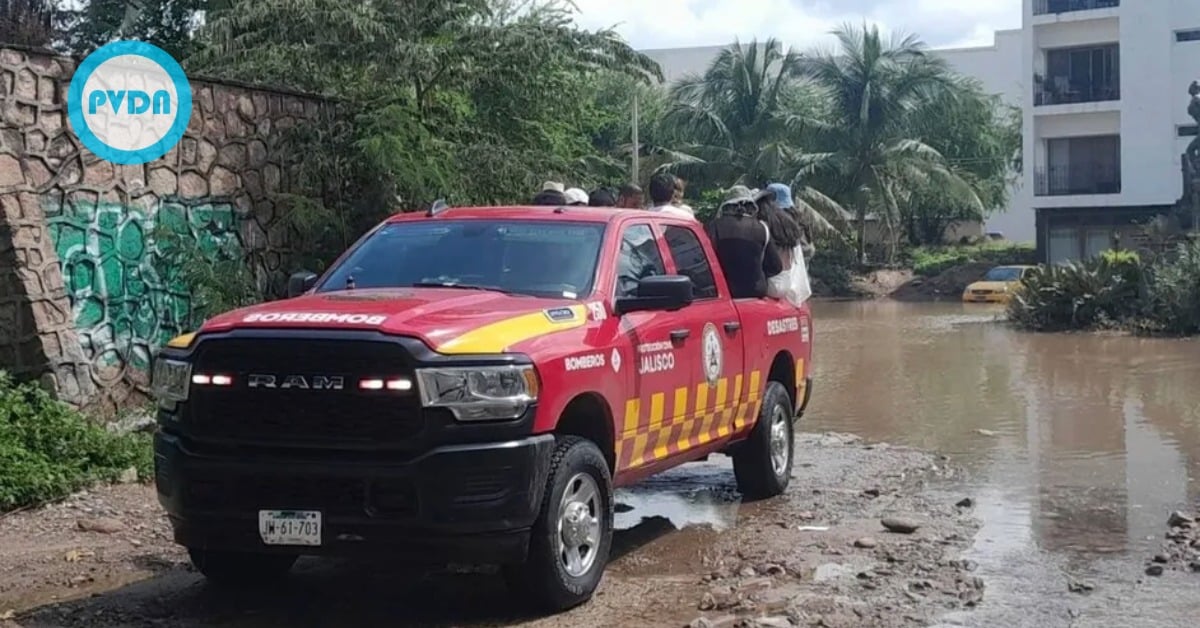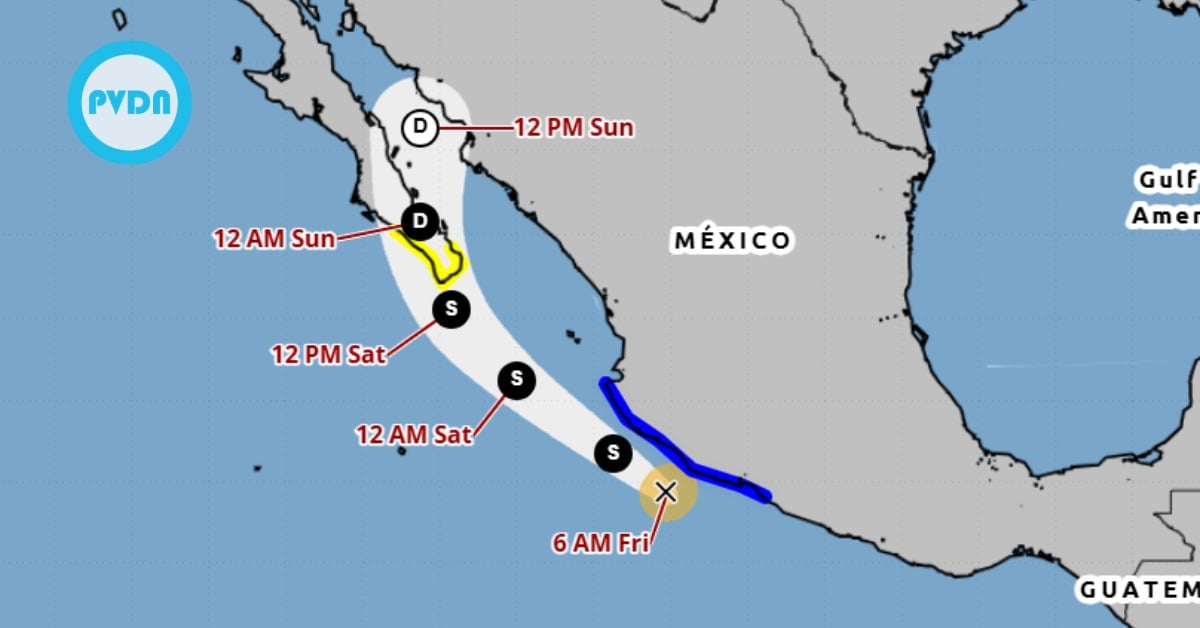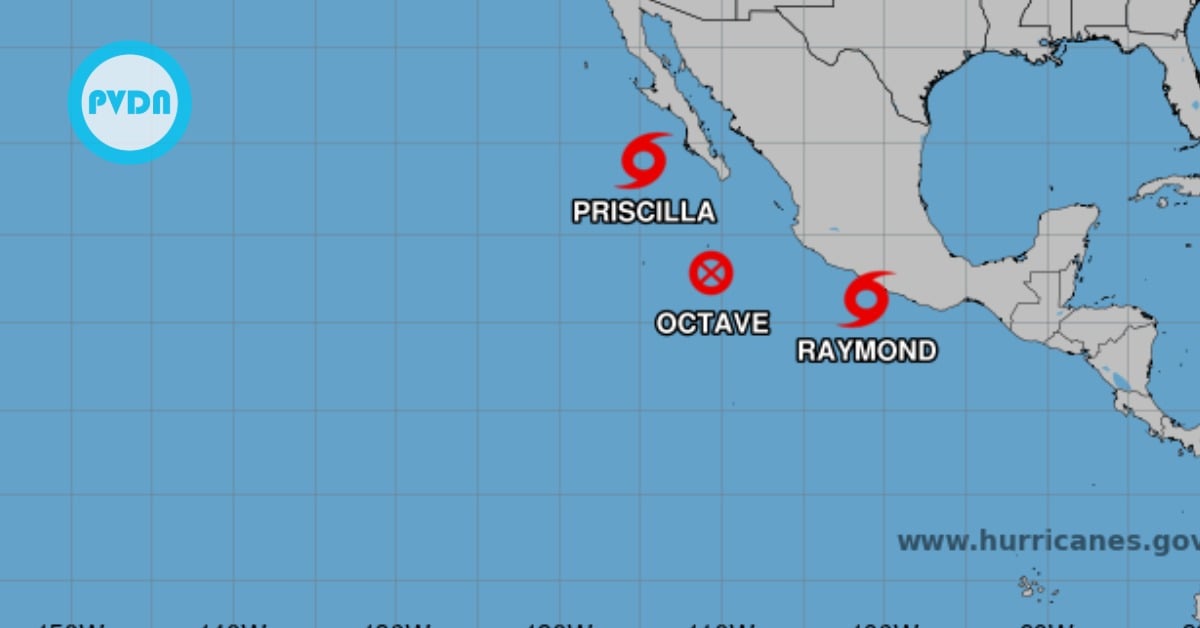We went to bed with a tropical storm on Friday and woke up to a category 4 hurricane threatening the coast of Jalisco, by Monday morning we had only experienced light scattered rains and minimal increase in waves with a forecast of winds of 2 km per hour in the early daylight hours. In fact, I am seeing the sun peaking through the cloudiness at this moment.
The hype of the storm along the coast of Jalisco by NOAA (the US weather agency) and Conagua (the Mexico weather agency) didn't play out, although, even at this . . .


